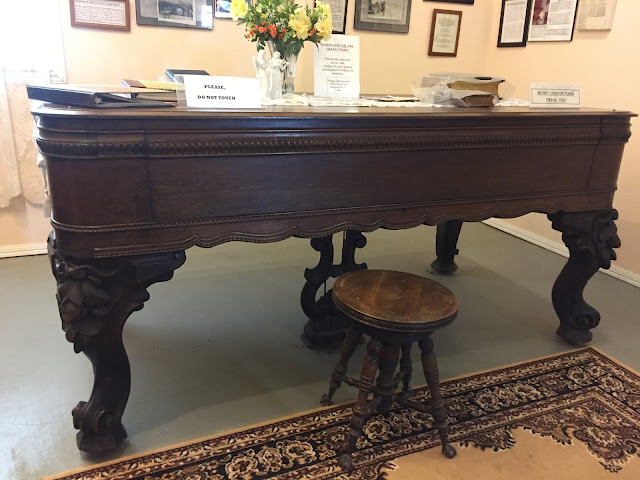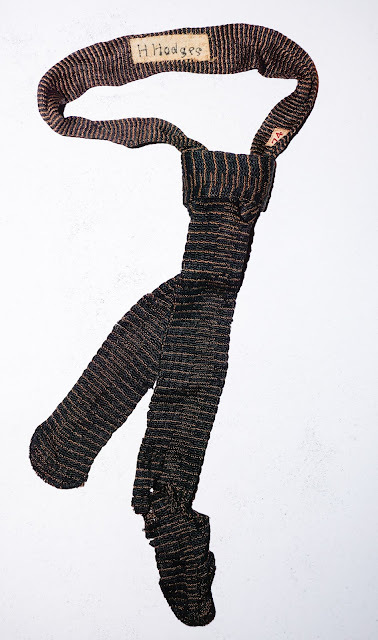The Polley Pianos
One of the first purchases of the Sutherland Springs Historical Museum was a Beatty Rosewood Square Grand Piano, which now stands in the Polley Room at the museum. The piano had stood in the Polley Whitehall Mansion while Oscar and Esther Linne owned the building. They had purchased many antiques to display in the historic home, hoping that it would continue to serve as a record of nineteenth-century Texas history. They had heard about the Polley's piano, and bought a similar one to grace the house. Here's an advertisement for a Beatty Grand Square Piano ca. 1880.
However, when Oscar and Esther died the land, the house, and the contents of the house were divided between nieces and nephews, since the Linnes themselves had no children. The furnishings of the house were to be sold quickly, with the remainder being shipped to Michigan, where the Linne's niece had an antique store. Some folks already interested in beginning a museum in Sutherland Springs acted quickly to raise the funds to purchase the piano, along with a "Ta-Bed," a unique piece of furniture that combined a table and a bed, seen in the image below to the left of the piano.
Because the Sutherland Springs Historical Museum had not already established itself as a non-profit organization, the purchase was made through the Sutherland Springs Civic Club Volunteer Fire Department. The money was raised and the piano was purchased for $1474.00 in August of 1990.
Joseph and Mary Polley purchased their piano, a Rosewood Piano Forte, made by Smith Atheron & Co. on May 5, 1859 for $275.00.
The piano came with a two year guarantee —
—which was a good thing. The Polleys lived on the wild frontier of Texas in 1859. They bought the piano from New York City, with Joseph Polley's brother, Jonathan acting, as a go-between. Jonathan reported his success to his brother on 7 May 1859—
I was 2 or 3 days looking around examining furniture &c, I was in a number of different piano warehouse with Adolphus to assist me and this was much the best bargain I could get it is a $400 Piano but there is considerable competition and you will see I bought at a great reduction.
The piano had to be shipped from New York to Lavaca, Texas, where it was received on 25 July 1859 by the Forbes & McGee Shipping Company. The piano and its shipping container weighed 789 pounds. This massive package then had to be carted by a team of oxen from the coast to the Polley's house on the Cibolo. The receipt lists the names of the haulers, written in their own hand—Fredrich Manz, Gustavo Ziller, and G. Shulz. In a letter to her daughters, who are in boarding school in Seguin, on 23 May, Mrs. Polley assures them that the piano would be there by July—
I expect you would like to hear something about the Music box. It's on the way by this time and the rest of the things, sofa, chairs, carpet, two rocking chairs will all be on by July.
The beautiful Rosewood Square Grand Piano is one of the few pieces of the Polley's furniture that survives.
Zoe Carrington Polley, daughter of Walter Webster and Ada Amanda Wyatt Polley, inherited the piano from her grandmother, Mary Polley, wife of Joseph Polley. Zoe passed away in 1986 at the of ninety-nine. She bequeathed the piano to her granddaughter, Diane Perry, who lives in California, where the piano now resides.












Comments
Post a Comment